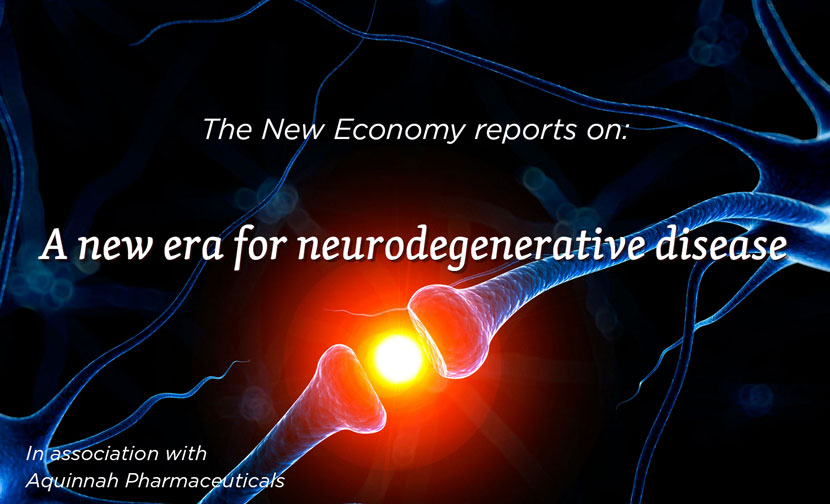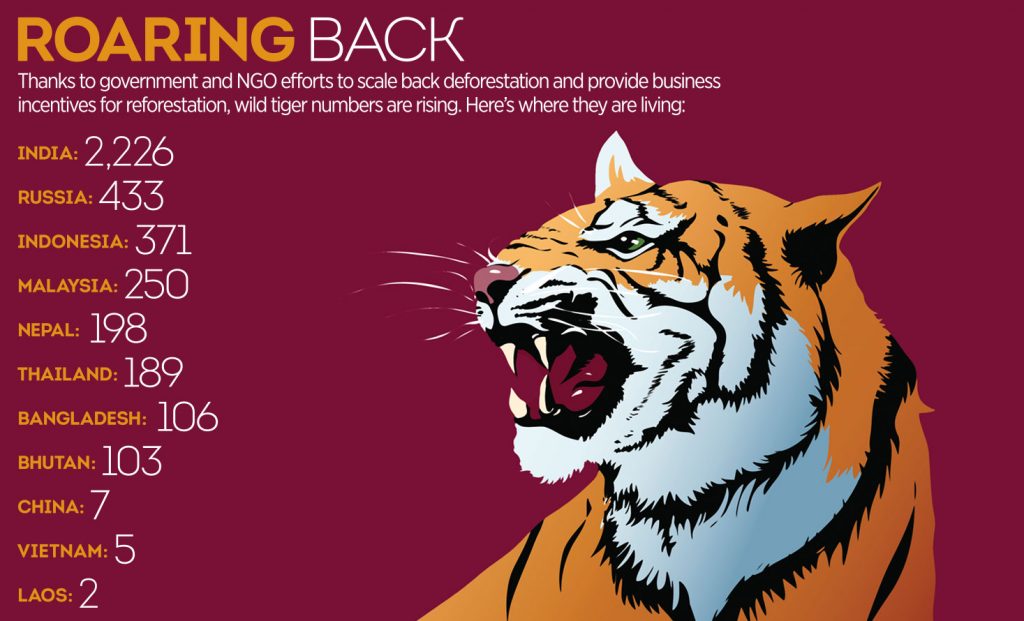The renewable future
A Swedish conference has shown that successful development of renewable energy and clean tech needs a greater and more united level of cooperation
A Swedish conference has shown that successful development of renewable energy and clean tech needs a greater and more united level of cooperation
The Second Regional Development Conference (RDC2011) was held in Östersund, Mid-Sweden on 14-15 June 2011 with participants from different levels of government, academia, private sector and NGOs in Europe and beyond. Its primary topic was how the new economic sector based on clean tech and renewable energy, could help boost regional growth in different ways – via smart growth, sustainable growth and inclusive growth. The economic and environmental challenges that are being faced globally, nationally and regionally were at the heart of the discussions. The main messages that came from RDC2011 concern not only the public sector but the private sector and the academic community alike.
It is to a large extent the business sector that develops, produces, promotes and sells all the products and services that are based on the good ideas and innovations within the renewable energy and clean tech sectors, thus creating regional growth. On the other hand the public sector at different levels has responsibilities – to support, to make use of green procurement possibilities and adapt regulations and legal frameworks. In short, local and regional authorities both have their specific roles to fulfil in creating a basis for the development of SMEs.
A strategic way of prioritising
Smart specialisation can be seen as an instrument to concentrate resources on strategic priorities and comparative advantages. This would help design the right mix of policies to enable smart and inclusive growth by strengthening the competitiveness and potentials of firms. Thus, smart specialisation should be a bottom-up approach based on regional knowledge and ensure a more effective use of public funds, helping to leverage private investments, stimulate cooperation between regions and maximising the overall research and innovation potential of projects.
In order to utilise specific regional profiles and potentials two aspects are especially important:
– Using local networks is essential for SMEs to advertise their products. In this regard, the regional governments and local authorities can cooperate with SMEs and support local innovations by consuming their products.
– It is crucial to provide the right competence with the right training facilities where the SMEs are situated as they need multi-skilled personnel to be able to cope with changes and new techniques.
Cooperation and innovation
Innovation is mainly described as a way to meet needs, challenges and demands through new and better targeted solutions. This may include new products, services, business models and new ways of working.
Accomplishing innovation is not easy; it requires new combinations of knowledge around financing and technology. It also requires green consumers who can make a real change on the demand side and contribute to the innovation process. In return, innovation brings new jobs and stronger competitiveness while making the future greener.
There is, though, a clear need for facilitators for cooperation across borders and for linking public and private sectors:
– Regional level authorities have an important role in grasping the opportunities in terms of funding and making SMEs aware of the possibilities to develop green businesses.
– Consumer behaviour is crucial to determine the future of green development. It is not only a question for individuals but also a question for public and private organisations to steer towards green choices. Regional and local authorities have the responsibility, the possibility and the resources to consume new green technologies. They should make use of that and be “the brave customers”.
Eco-efficient economy
An eco-efficient economy simply puts competitiveness and environmental responsibility together. It is about harnessing the growing demand for environmentally friendly products and services.
Most rural areas are rich in natural resources and raw materials that can be used for energy generation. Renewable energy creates opportunities for increased entrepreneurship and enterprises. Therefore, rural areas will have the power and resources to make an important contribution to the economy. It is the regions that can and should make the actual choices and necessary decisions to create sustainable regional growth. The role of the government should be to provide the regions with the tools they need throughout the process. That is:
– Local and regional authorities need to see renewable energy sources as strategic investments for securing employment and regional development.
– Smart grid, smart transportation systems and industrial automation should be considered as key areas of opportunity for eco-efficient economies and thus for smart and sustainable growth. A wise comprehensive spatial planning is an inevitable basis.
Funding and capital
Regional and local authorities play a crucial role concerning public procurement and the administration of public funding. Though, one should be aware that:
Public funding sometimes excludes other sources of funding and vice versa. Collaboration between public funding and private risk capital is essential in order to stimulate small companies and to make use of resources more efficiently.
Politicians and policy makers often find that access to risk capital is the crucial factor when it comes to innovation and entrepreneurship. However, other types of public support and facilitation such as amendments of regulations, administrative support and efficient planning procedures are often as crucial and needed.
The discussions continue
The topics brought up at RDC2011 are important for growth and for the environment – not least the climate. Evidently, all the answers are not yet at hand and further discussions must happen. The next opportunity in mid-Sweden will be at the ‘Third Regional Development Conference’, RDC2013, in June 2013. tne
For more information
County Administrative Boards of Jämtland and Västernorrland, Sweden
www.rdc2011.se













